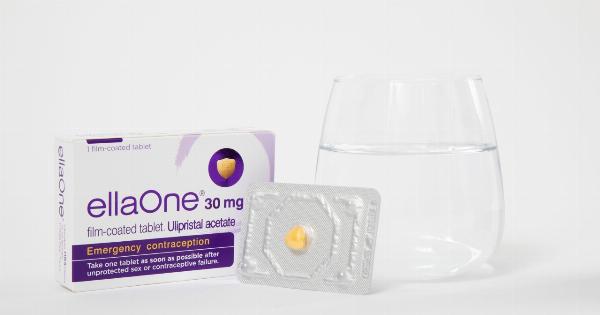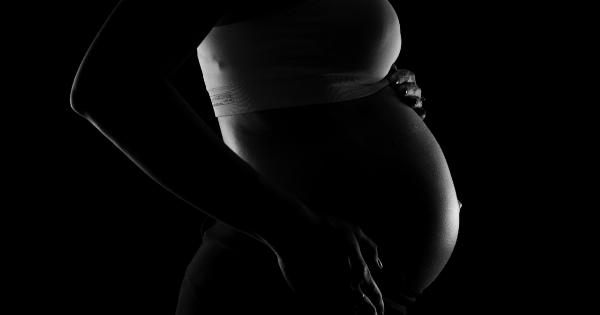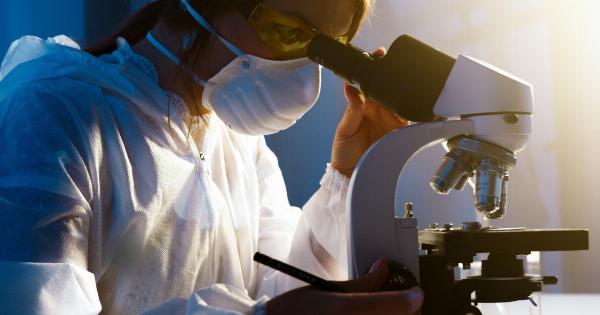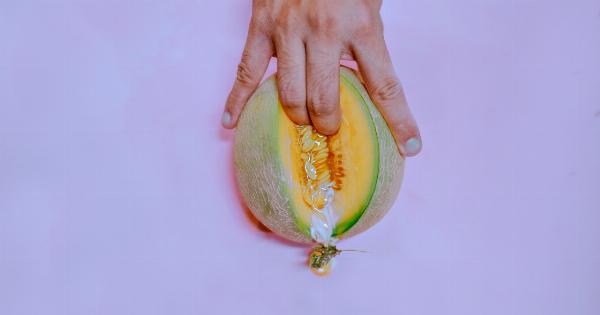The female reproductive system is a complex and intricate part of the body. It is responsible for producing and releasing eggs, creating an optimal environment for fertilization, and providing nourishment and protection to a growing fetus.
But did you know that the female body also plays a crucial role in selecting the best sperm for fertilization? In this article, we will explore the fascinating process by which the female reproductive system chooses the strongest, healthiest sperm for successful fertilization.
Ovaries and Ovulation
The process of selecting the best sperm begins in the ovaries, which contain thousands of immature eggs known as follicles.
During each menstrual cycle, one of these follicles will develop and mature, eventually releasing an egg in a process known as ovulation. However, not all eggs are created equal. The body will select the healthiest and strongest egg to release, ensuring that it has the best chance of becoming fertilized.
Cervical Mucus
After an egg is released from the ovary, it travels through the fallopian tube toward the uterus. Along the way, it must pass through the cervical mucus, which serves as a barrier and filter for incoming sperm.
The mucus is thicker and more acidic during most of the menstrual cycle, which helps to prevent bacteria and viruses from entering the uterus. However, during the fertile period of the cycle, the mucus becomes thinner and more alkaline, which allows sperm to pass through more easily.
Chemical Signals
As sperm approach the egg, they are guided by chemical signals known as chemoattractants. These signals are released by the egg and the cells lining the fallopian tube, and they help to direct the sperm toward the egg.
However, not all sperm are able to respond to these signals equally. Research has shown that healthier, more motile sperm are better able to detect and navigate toward the egg than weaker, slower sperm.
Sperm Capacitation
Before a sperm can successfully fertilize an egg, it must undergo a process known as capacitation. This involves a series of biochemical changes that allow the sperm to become more motile and better able to penetrate the egg.
The female reproductive system also plays a role in this process by providing certain nutrients and chemicals that help to capacitate the most viable sperm.
The Acrosome Reaction
Once a sperm reaches the surface of the egg, it must penetrate the outer layer in order to fertilize it.
This is accomplished through a process known as the acrosome reaction, in which the sperm’s head releases enzymes that break down the egg’s protective barriers. However, only the healthiest and strongest sperm are able to complete this process successfully.
Conclusion
The female reproductive system is an incredibly sophisticated and complex system that plays a crucial role in selecting the best sperm for fertilization.
Through a combination of physical and chemical barriers, the body is able to identify and select the healthiest, most viable sperm, ensuring that only the best genes are passed on to the next generation.






























